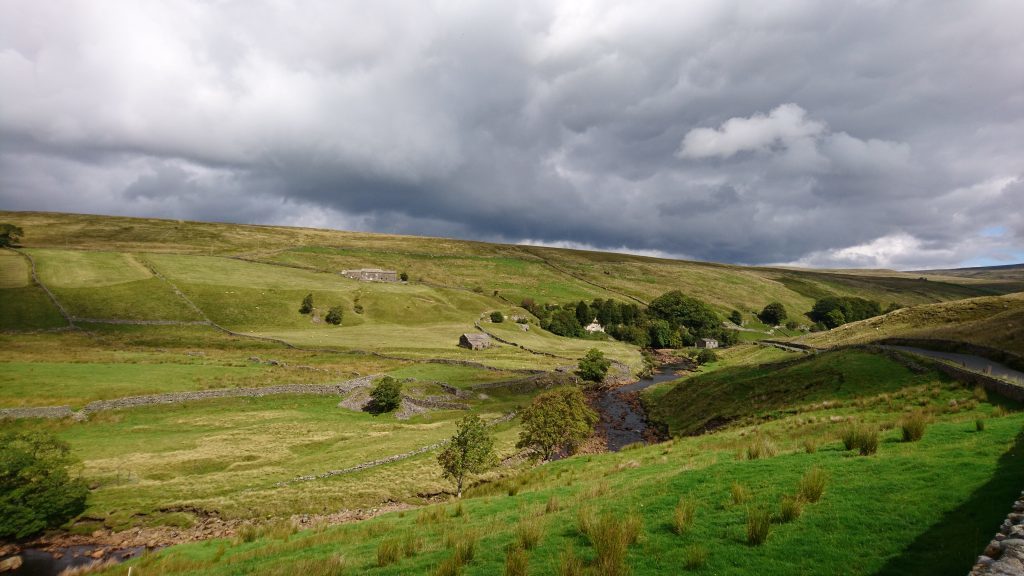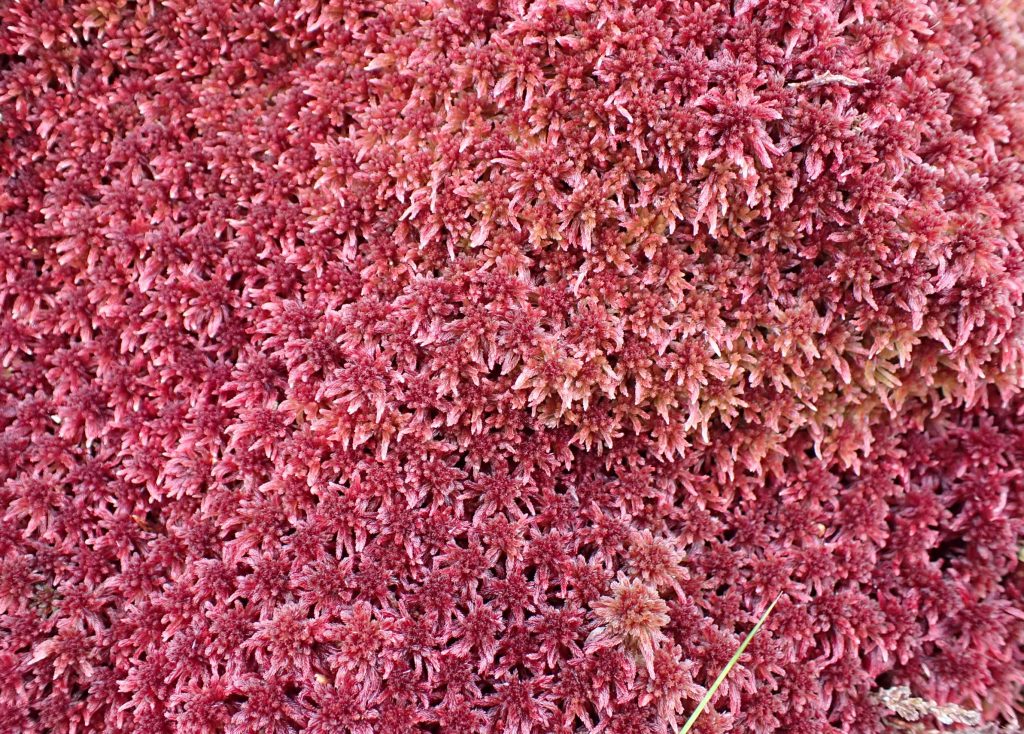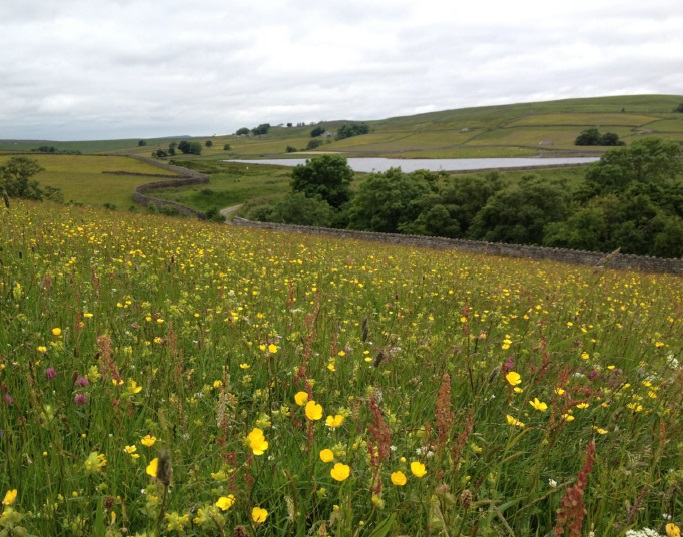What we do
Teesdale bumblebee survey 2010
The North Pennines AONB Partnership teamed up with the Bumblebee Conservation Trust to undertake a survey of bumblebees in Teesdale during the spring and summer of 2010.
In 2010, 53 different hay meadow, moorland, road verge, riverbank and garden sites were surveyed during May, June, July and August. A total of nine true bumblebee species were recorded. Six of the species found are common and relatively widespread throughout the UK: Buff-tailed bumblebee (Bombus terrestris), White-tailed bumblebee (B. lucorum), Common carder-bee (B.pascuorum), Red-tailed bumblebee (B. lapidarius), Early bumblebee (B. pratorum) and Garden bumblebee (B.hortorum) and three are locally scarce and/or rare: Moss carder-bee (B. muscorum), Heath bumblebee (B. jonellus) and Bilberry bumblebee (B. monticola).
Diversity
The survey found that sites which had the highest diversity of flowering plants tended to support the most diverse bumblebee communities for longer periods. These tended to be hay meadows with the greatest number of flowering plants and flowery habitats like riverbanks and some road verges.
The survey findings also emphasised the important role that gardens play in providing sources of pollen and nectar for foraging bees during the spring and autumn. In spring when the queens emerge from hibernation often the only sources of food available to them are from our gardens. Similarly, in August, the majority of bumblebees recorded were still workers and a significant proportion of these were collecting pollen demonstrating that larvae were still developing in their nests. The cutting of meadows for hay inevitably reduces the availability of flowers for foraging bees and frequently destroys the nests of surface nesting bumblebees. At this time bumblebees once more depend heavily on our gardens for food to enable them to complete the breeding cycle for their colonies.
Rare
We were delighted to learn that the rare Moss carder-bee, which is listed within the UK Biodiversity Action Plan, was recorded on a number of occasions and was found to be closely associated with species-rich hay meadows. This is a good indication of the quality of the habitat that is available to our bees and further emphasises the importance of maintaining and restoring our wonderful hay meadows.
A further important finding was that uncut banks and edges wider than 1m in hay meadows provide an important foraging source for bumblebees after the hay crop has been cut. By leaving wide uncut margins in their meadows wherever possible, farmers can significantly help to encourage and support our bumblebees.











